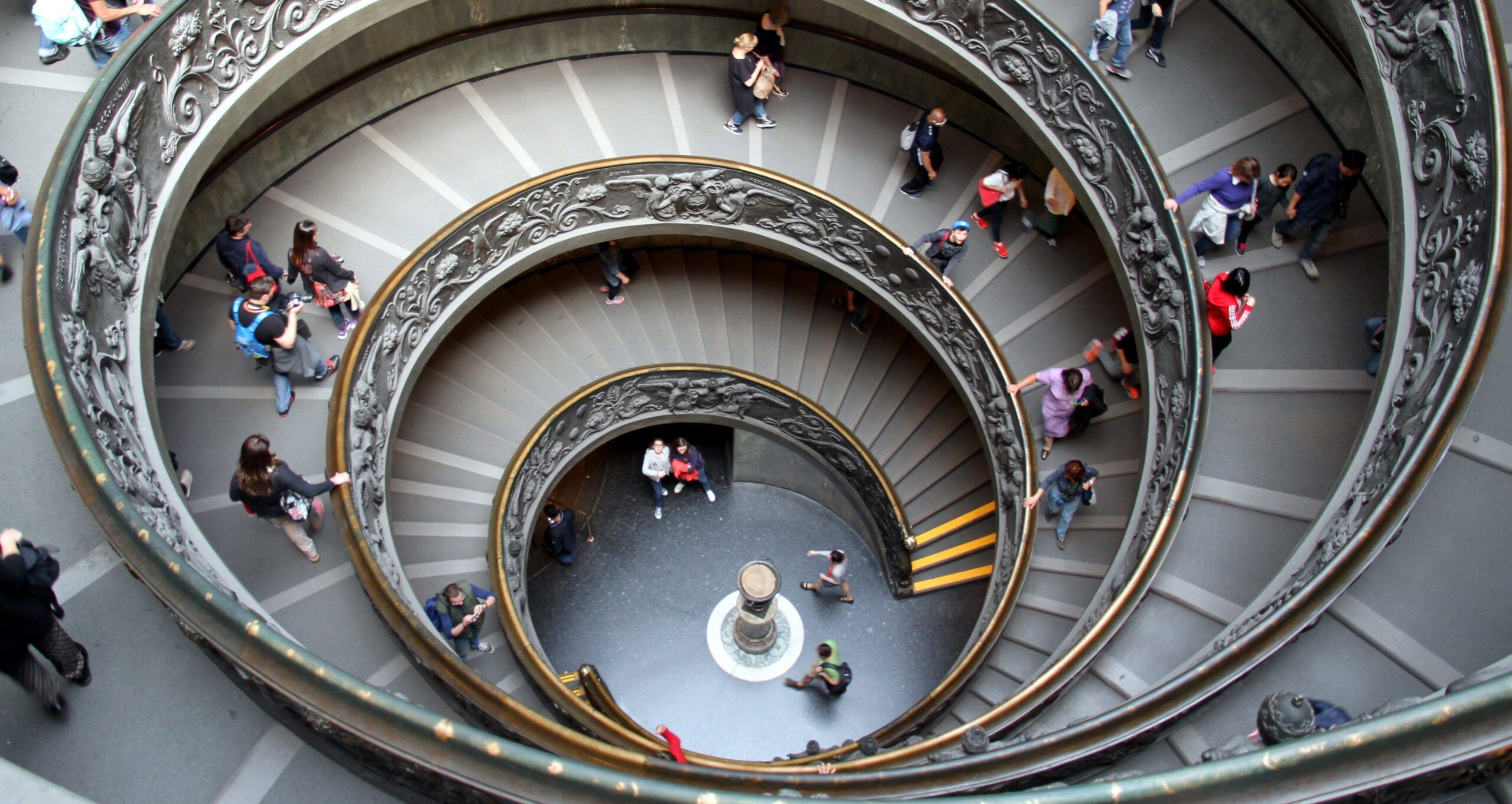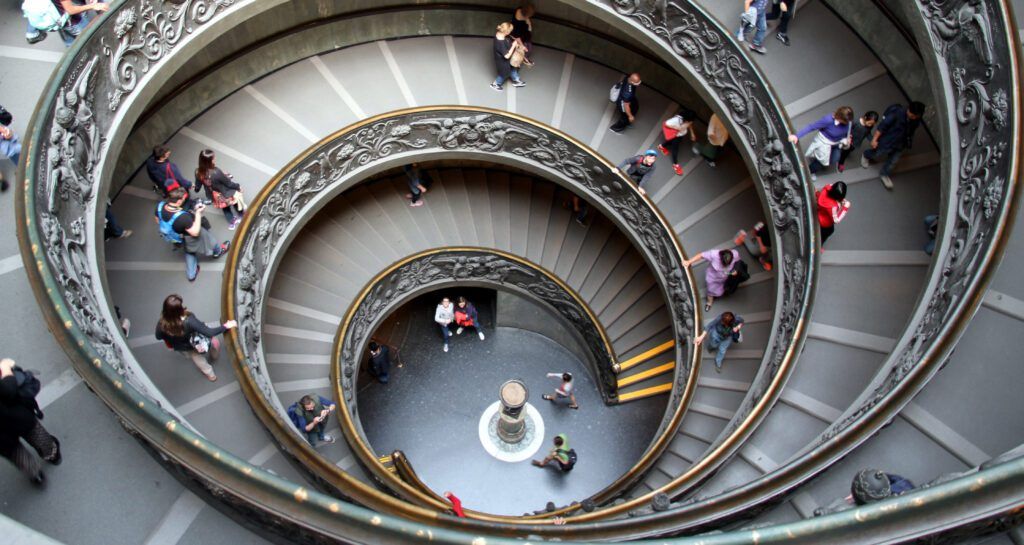Introduction
Are you at a point where you feel that your photography has reached a plateau – that you just don’t have fun anymore? Your latest images are just more of the same?
Well, I have good news for you! Radial photography compositions will not only spice up your skills, but you can have a lot of fun with them.
In this guide, we’re going to have a look at:
- what radial compositions are, and
- a stack of examples to unleash your creativity.
Recommended Reading: If you’d like to improve your composition skills for better images, grab a copy of Photzy’s best-selling premium guide: Advanced Composition.
What Are Radial Compositions?
The radial composition provides balance and symmetry in photographs. It implies imagery that radiates outward from a specific point, or of course that radiates inwards to a specific point, like a bicycle wheel. It has a center (the axel) with spokes running to the outside, or spokes running from the outside to the axel in the center.
A bicycle wheel may demonstrate the concept of radial compositions, but it’s a bad example. Why? Because the point radiated to does not have to be in the center of an image and the ‘radial effect’ does not have to be created by straight lines (like spokes).
Radial compositions may also imply visual elements that center around a point of interest instead of running towards it.
The radial composition provides balance and symmetry in photographs.
They can be created by rectangles, triangles, waves, lines, spirals, or whatever else you can use to create the same effect, as long as it forces your viewer’s eyes to a central point. “Like leading lines?” I hear you asking. Yes, but to an exaggerated degree. In this case, your subject is surrounded by leading lines instead of one or a couple of leading lines running towards it.
Some radial patterns also create or enhance a sense of depth, so much so that it can trigger a vertigo effect, such as when you look down from a very high viewpoint.
Let’s look at a few patterns which we can imitate in our radial compositions.
Radial Composition ‘Patterns’
Quite a lot (perhaps most) radial composition ‘patterns’ have been adopted from natural elements. Seashells are a good example of this.
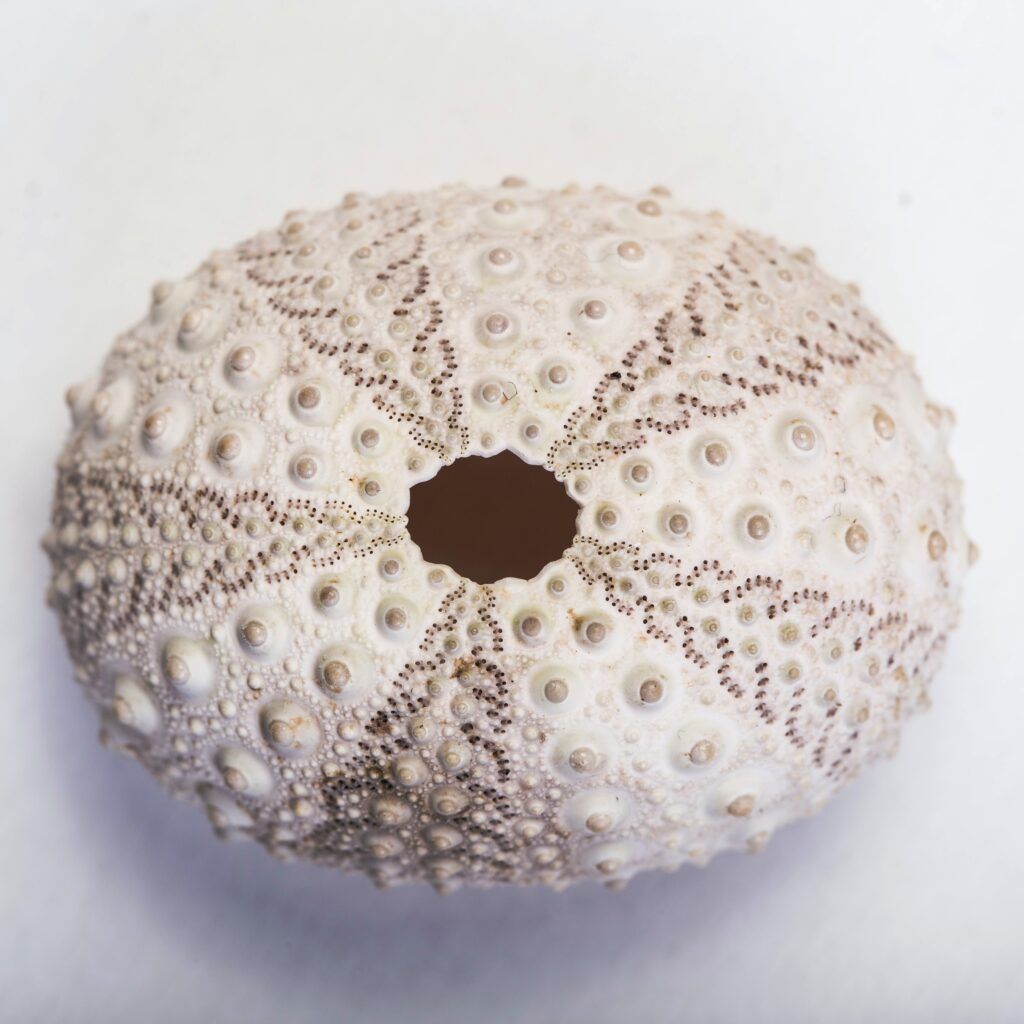
Here’s a demonstration of a bicycle wheel-type radial composition. See how your eyes are forced to the center of this shell even though there’s no real ‘subject’ for your eyes to settle on?
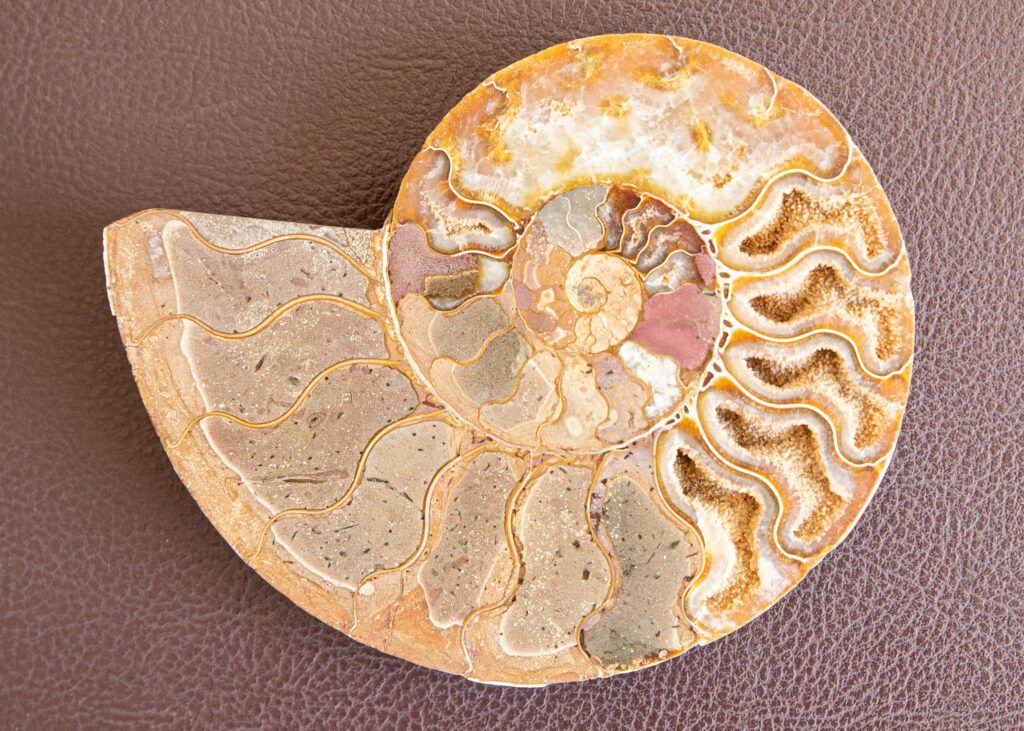
Photograph by Tobie Schalkwyk
This fossilized shell is another good demonstration of radial composition, with the patterns spiraling into a central point (or spiraling out from a central point). Radial composition is nothing new. It has been around for thousands, or perhaps millions, of years.
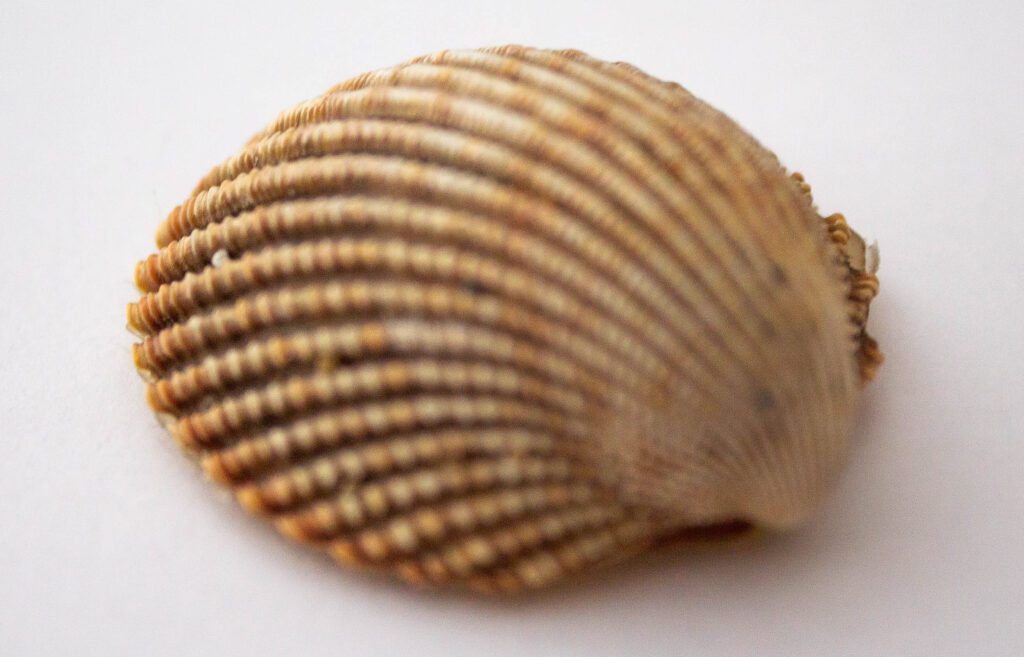
It’s interesting how many radial composition patterns are to be found from seashells. This is another pattern that we can copy in our radial compositions.
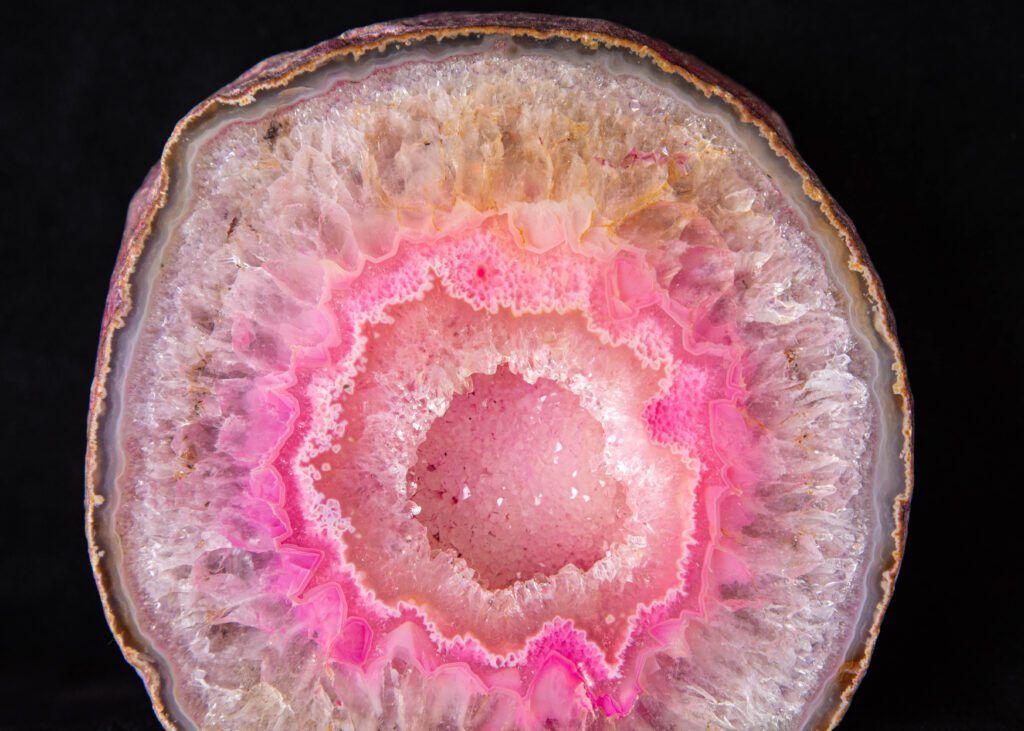
Photograph by Tobie Schalkwyk
This slice of agate is a beautiful example of radial composition. Made up of various layers, each layer takes you a bit closer to its center.
Key Lesson: Radial composition patterns are all around us, especially in nature. All we have to do to find them is to look. If you do not photograph them as seen, you can always prepare a subject in such a way that it represents one of these compositions, or relate a scene to one of them.
Recommended Reading: If you’d like to improve your composition skills for better images, grab a copy of Photzy’s best-selling premium guide: Advanced Composition.
So, Let’s Have Some Fun!
Now that we’ve had a quick look at a few radial composition patterns, we are ready to look at a few examples.
How does one ‘have fun with this? Well, it can be done in a few ways:
- Trying to find various patterns around you which promote radial compositions
- Playing with balance in specific radial compositions
- Cultivating a habit of looking for radial patterns all around you, whether you are on a shoot or not
- Preparing for, and attending, events that generate radial compositions, such as fireworks displays and theme parks
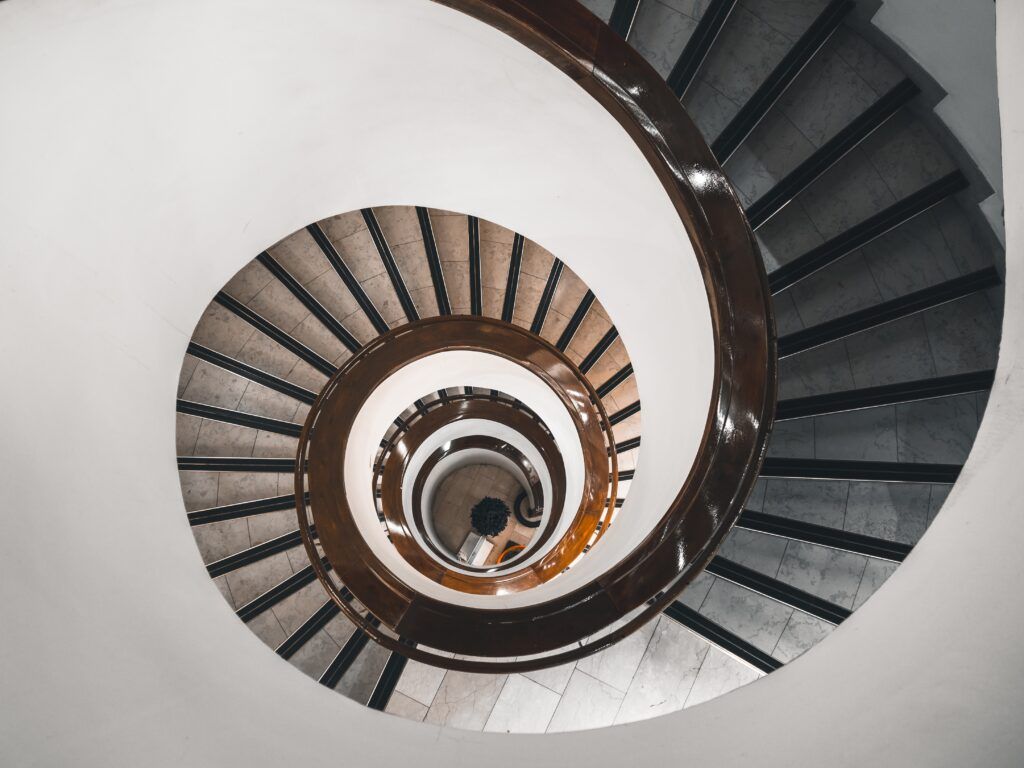
This staircase creates a strong sense of depth, so much so that it has a vertigo effect (virtually pulling you into its central point).
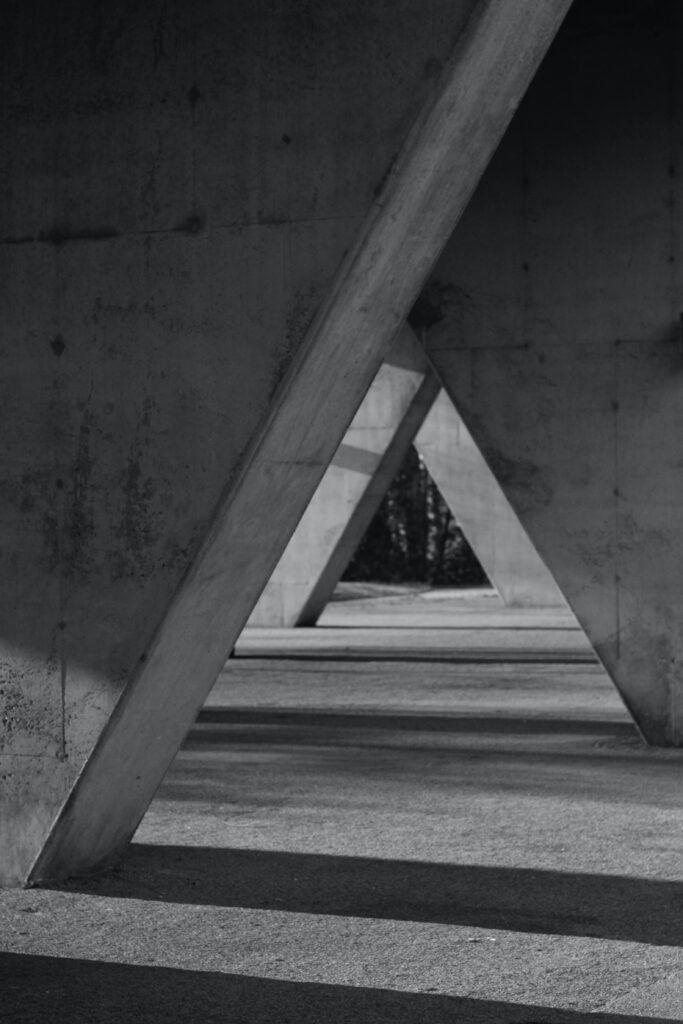
There’s no better example to create a sense of depth than a set of shrinking triangles.
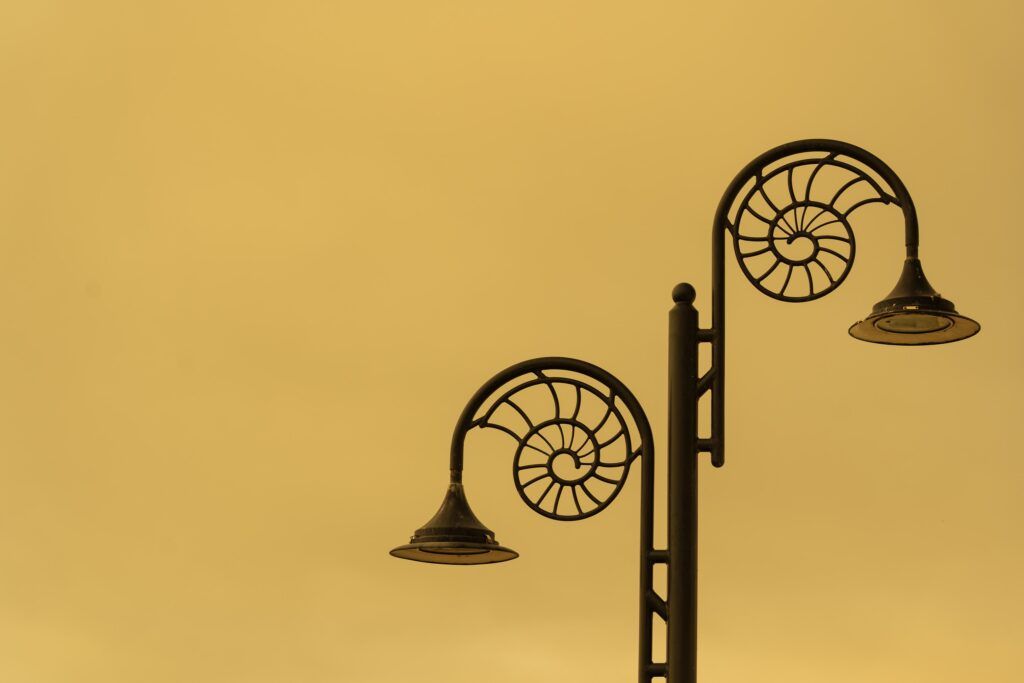
Radial lines are all around us. All we have to do is look. This photographer emphasized these lines by excluding anything else from the background. He also established balance by placing the subjects in the bottom-right corner.
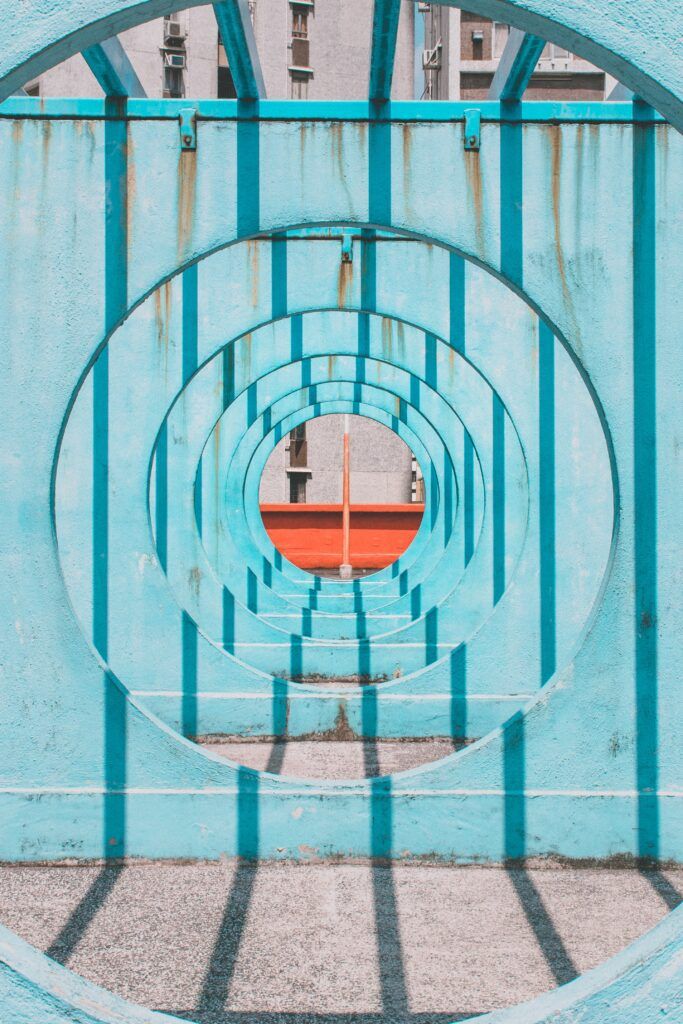
This is another great example of using radial lines to create depth and focus our eyes on only one thing: the pole at the other end.
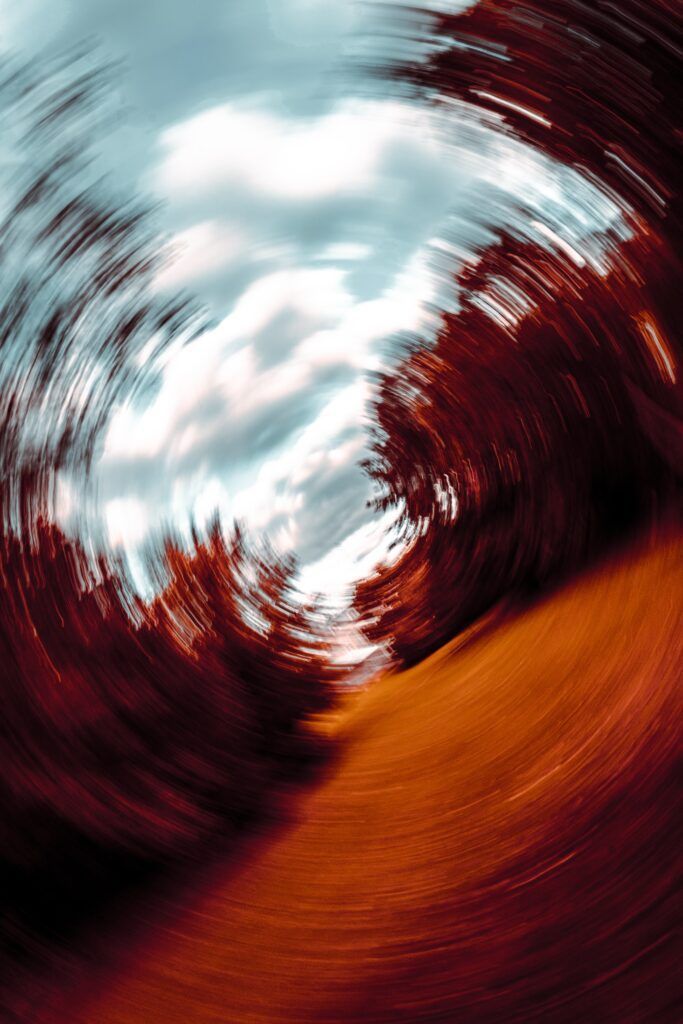
This is an example of creating depth and a single point of focus by swirling your camera. For this effect, you need a slow shutter speed (approximately 1/20s). You may have a problem with overexposure if you do this in the daytime, regardless of a low ISO. Close your aperture up to f/14 and if you are still overexposed, it’s time to mount those ND filters which you hardly ever use!
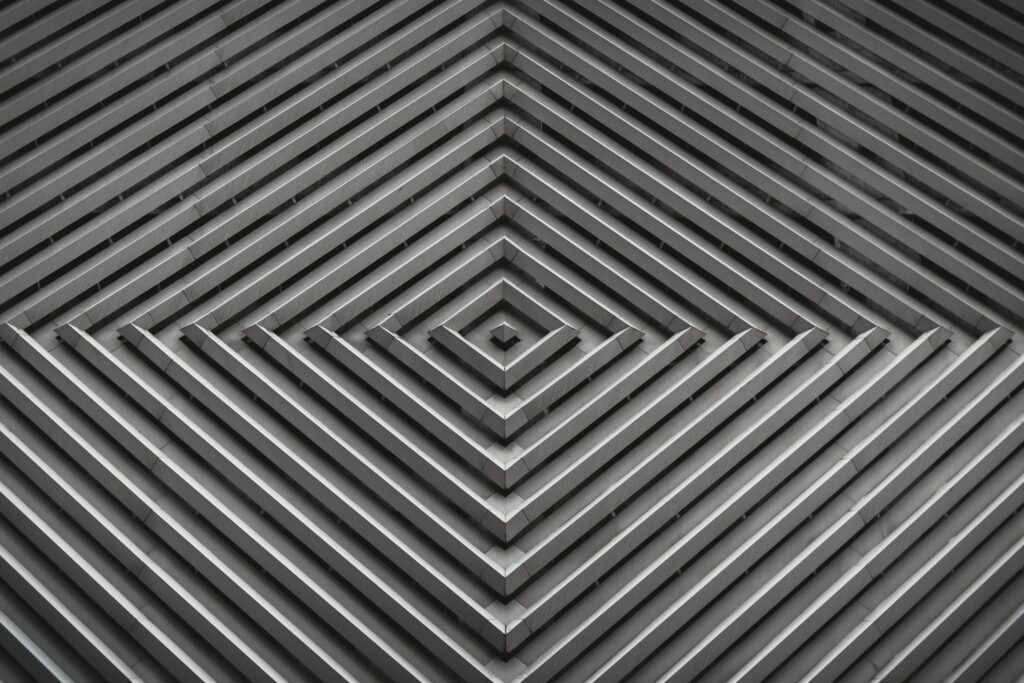
This is a great example of a radial composition creating depth and playing tricks with your eyes. It looks like the lines are moving around as you move your eyes across it.
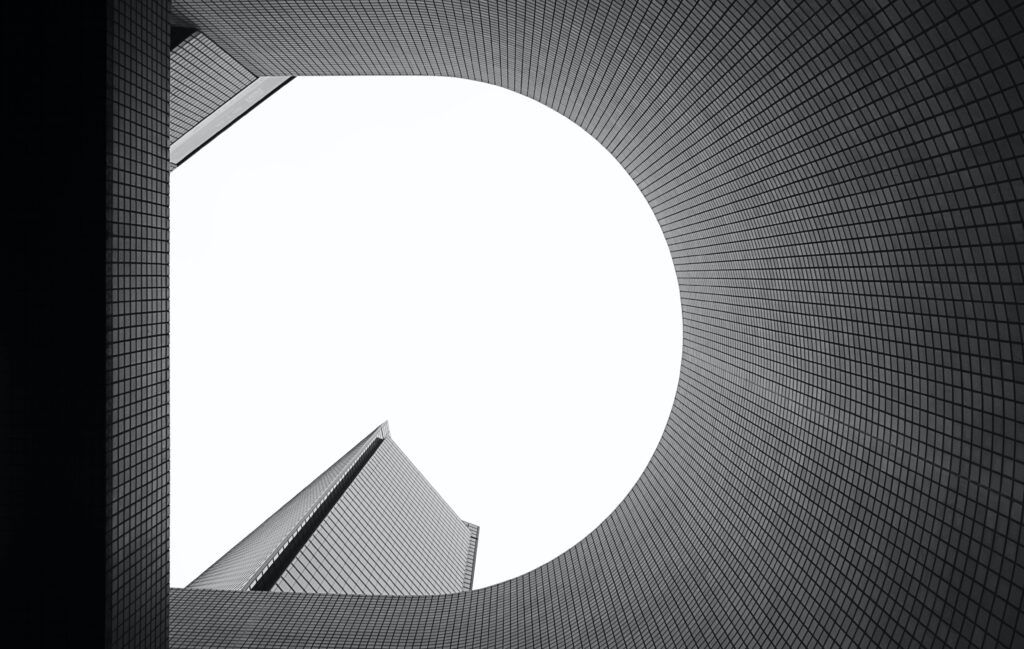
Have fun with architecture…
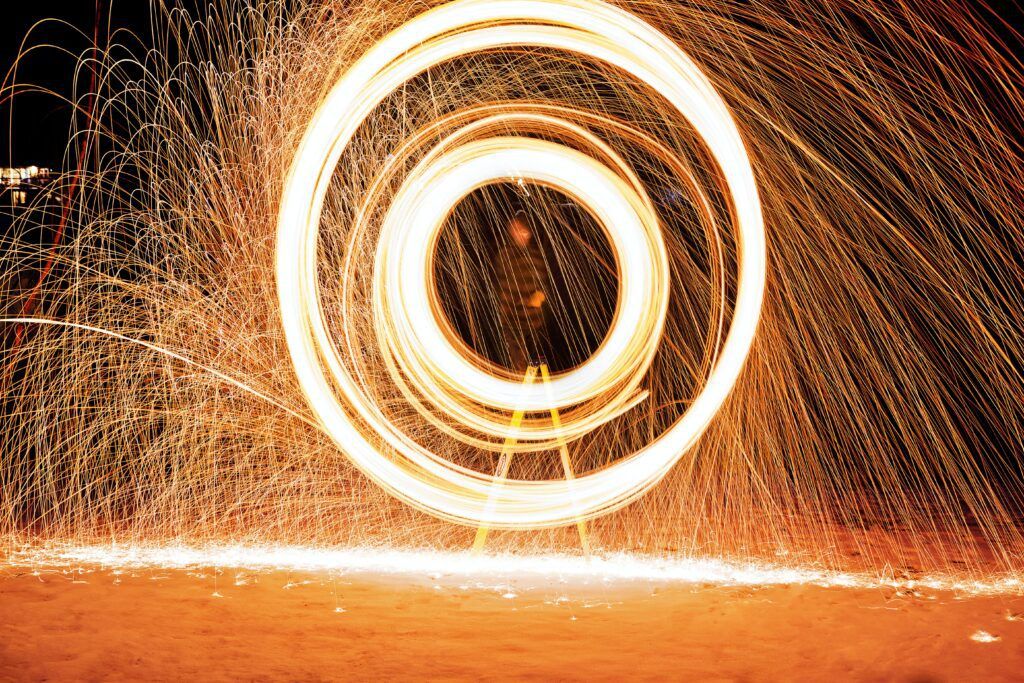
Light paintings are popular among wedding photographers. For this, you need a slow shutter speed, narrow aperture, and low ISO. In this case, the person swirling the object creating a light (use star lights if you can’t think of anything else) was standing on a ladder, but that is not necessary.
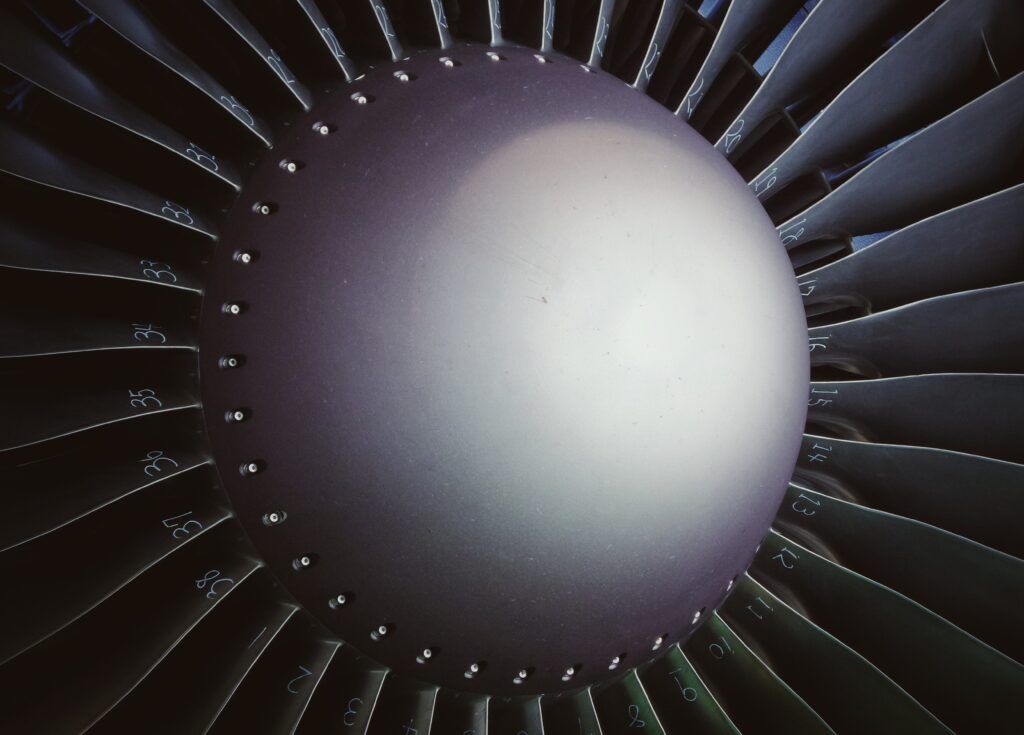
The impeller of a jet engine is always a winner for demonstrating radial composition. This type of image has an even greater effect in a 1 x 1 crop.
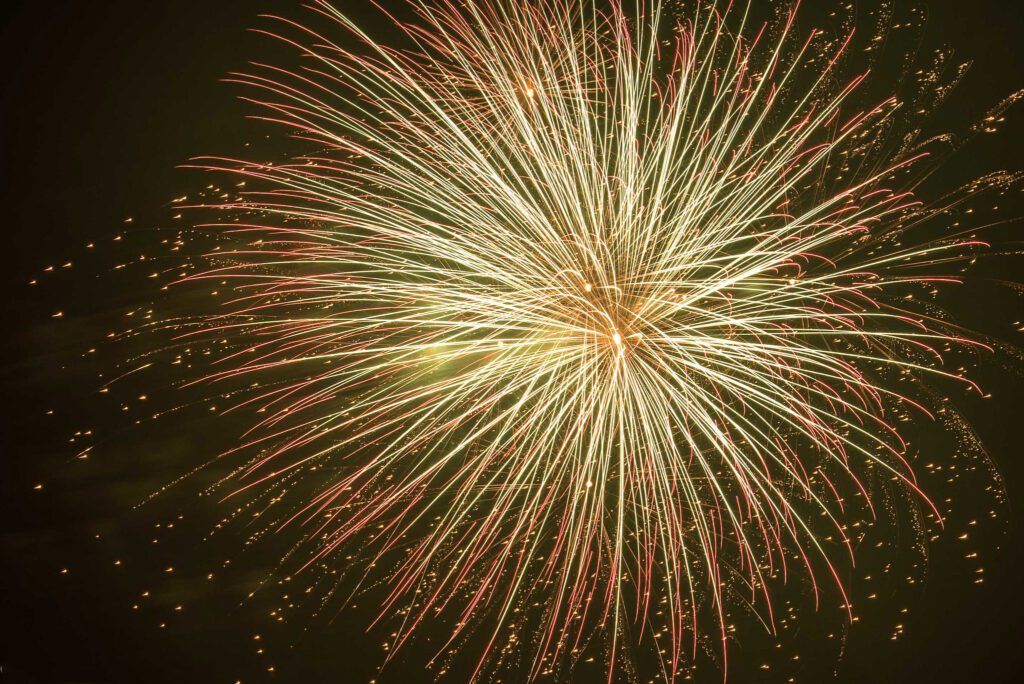
Photograph by Tobie Schalkwyk
Fireworks offer a great way of having fun with radial compositions.
On this New Year’s Eve, I used the bulb setting on my camera and trusted my gut feeling on how long to hold down the button of my cable remote shutter release. If you wait too long, you’ll pick up overexposure issues. Too short and you won’t capture beautiful, long light streaks.
For this particular shot, I used my Nikon D600 and Tamron 24-70mm lens at f/8, 48mm, 4.8s, ISO 100. The low ISO and narrow aperture settings are important to prevent overexposure and to ensure sharp light streaks.
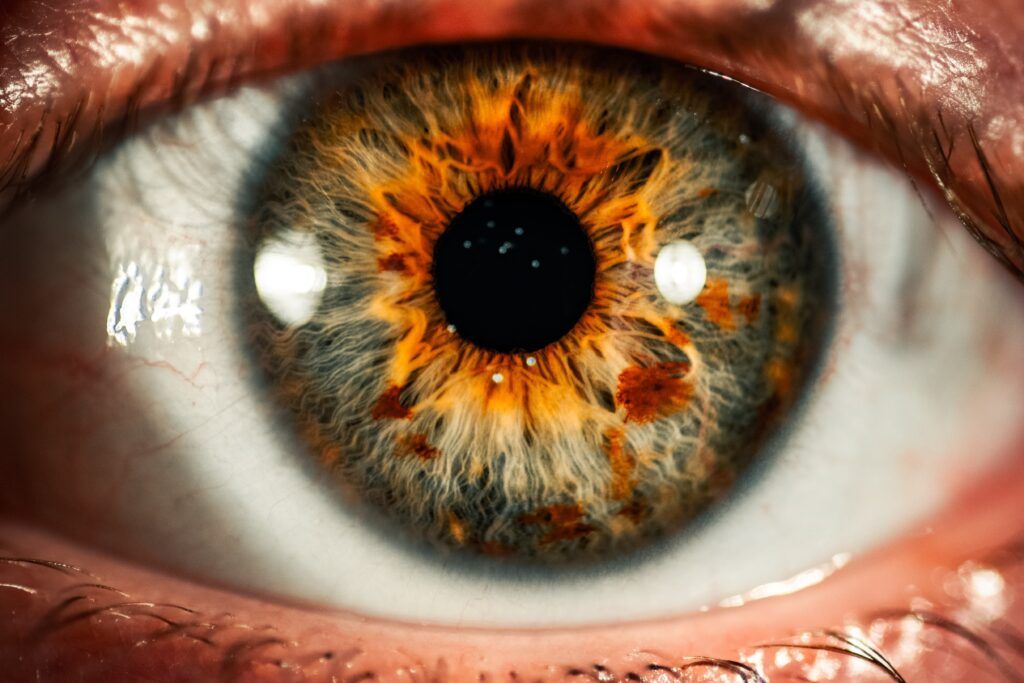
The human eye presents another fun way of playing with radial compositions.
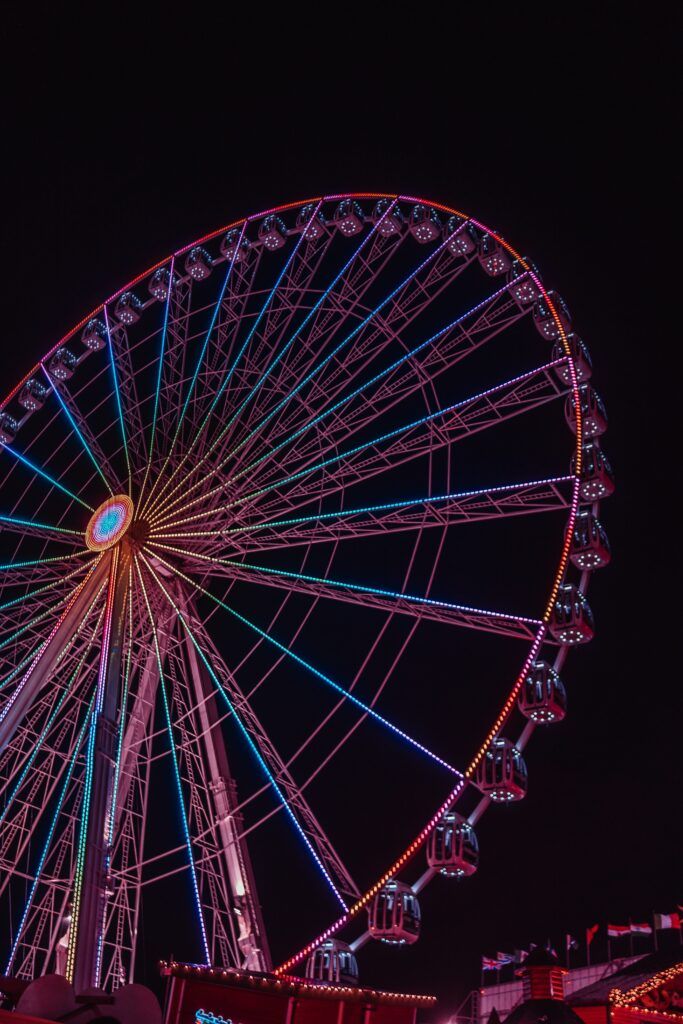
Gigantic Ferris Wheels create fantastic radial composition opportunities. Create combinations of the following:
- Full/partial wheels (or only the spokes thereof)
- While moving or resting
- With slow shutter speeds
- At daytime or nighttime
- Use the center of the wheel to create various balancing effects
Key Lesson: There are more radial compositions (and variations thereof) to be found around us than we can ever dream up. Some of them are from nature, some of them are handmade. Each composition can be manipulated utilizing different viewpoints, different times of days (lights at night or shadows by day), and numerous other means. Don’t be scared to think out of the box! The more challenging, the bigger the reward!
Recommended Reading: If you’d like to improve your composition skills for better images, grab a copy of Photzy’s best-selling premium guide: Advanced Composition.
Conclusion
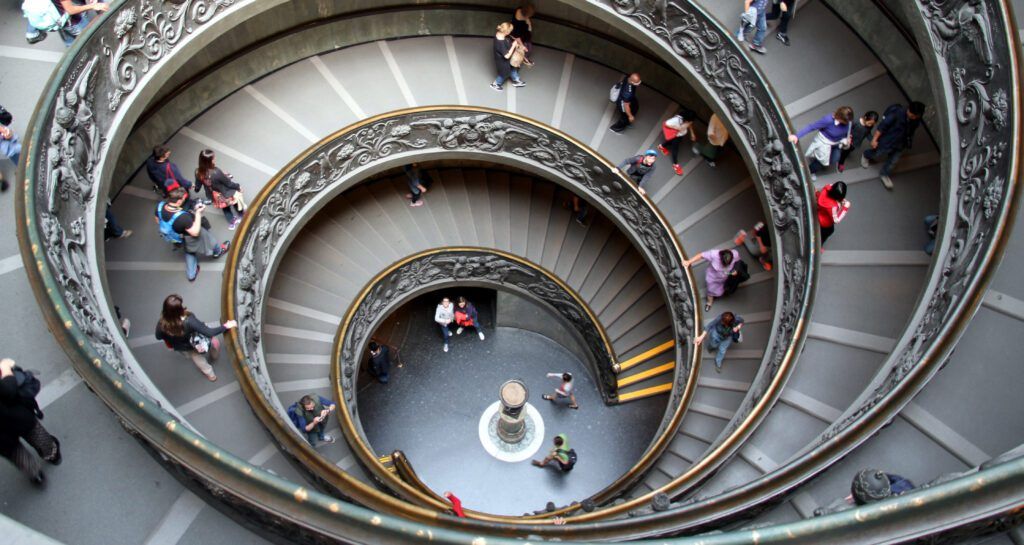
It is simply not possible to cover all types of radial photography in a guide like this. There are just too many of them and too many variations of each.
I hope that I have at least triggered a bit of interest in you and that the samples used will serve you well in giving you a few ideas to build on.
If you want to grow your radial composition photography, study the works of some of the photographers known to exploit this genre of photography. Perhaps contact them on social media and follow them. You are guaranteed to see awesome work from them and perhaps get a few challenges from it.
Whatever you do, always be on the lookout for radial compositions. They are present all around us. All we have to do is LOOK!
Most importantly of all, enjoy your photography!
Self-Check Quiz:
- What is the most common trait of radial compositions?
- What is meant by the ‘balance’ of a radial composition?
- What is one of the effects of radial compositions (on your viewer)?
- Identify one of the places/events near you where you may find radial composition photographic opportunities.


